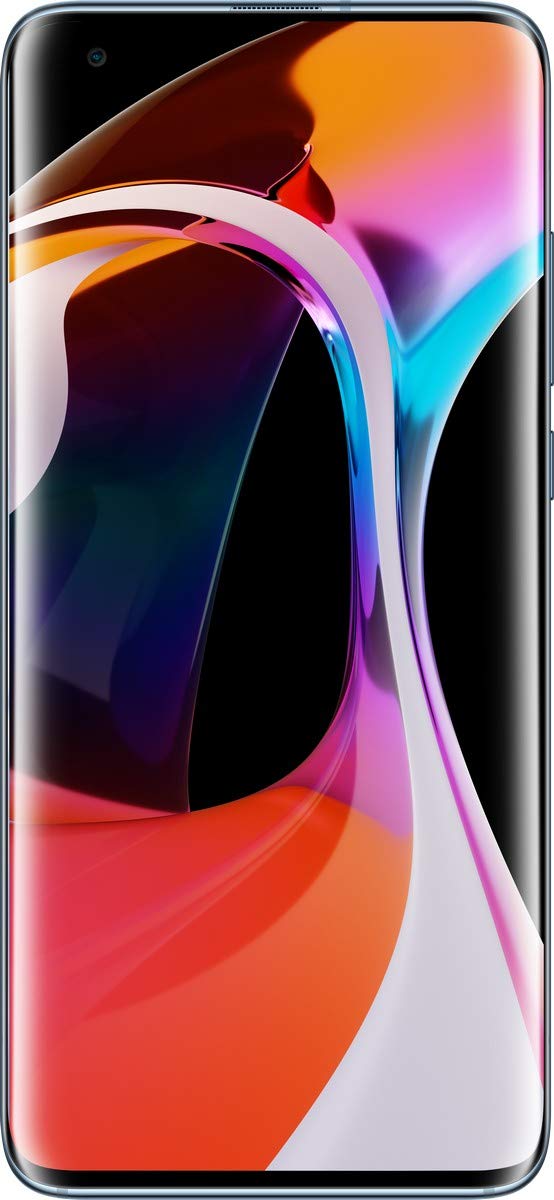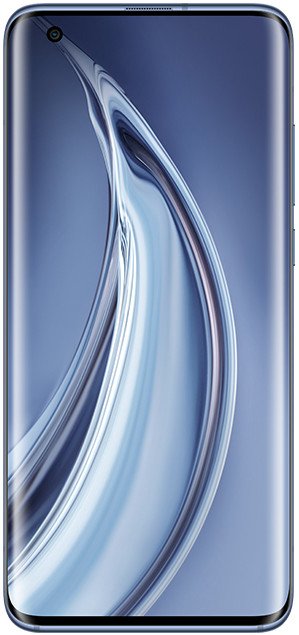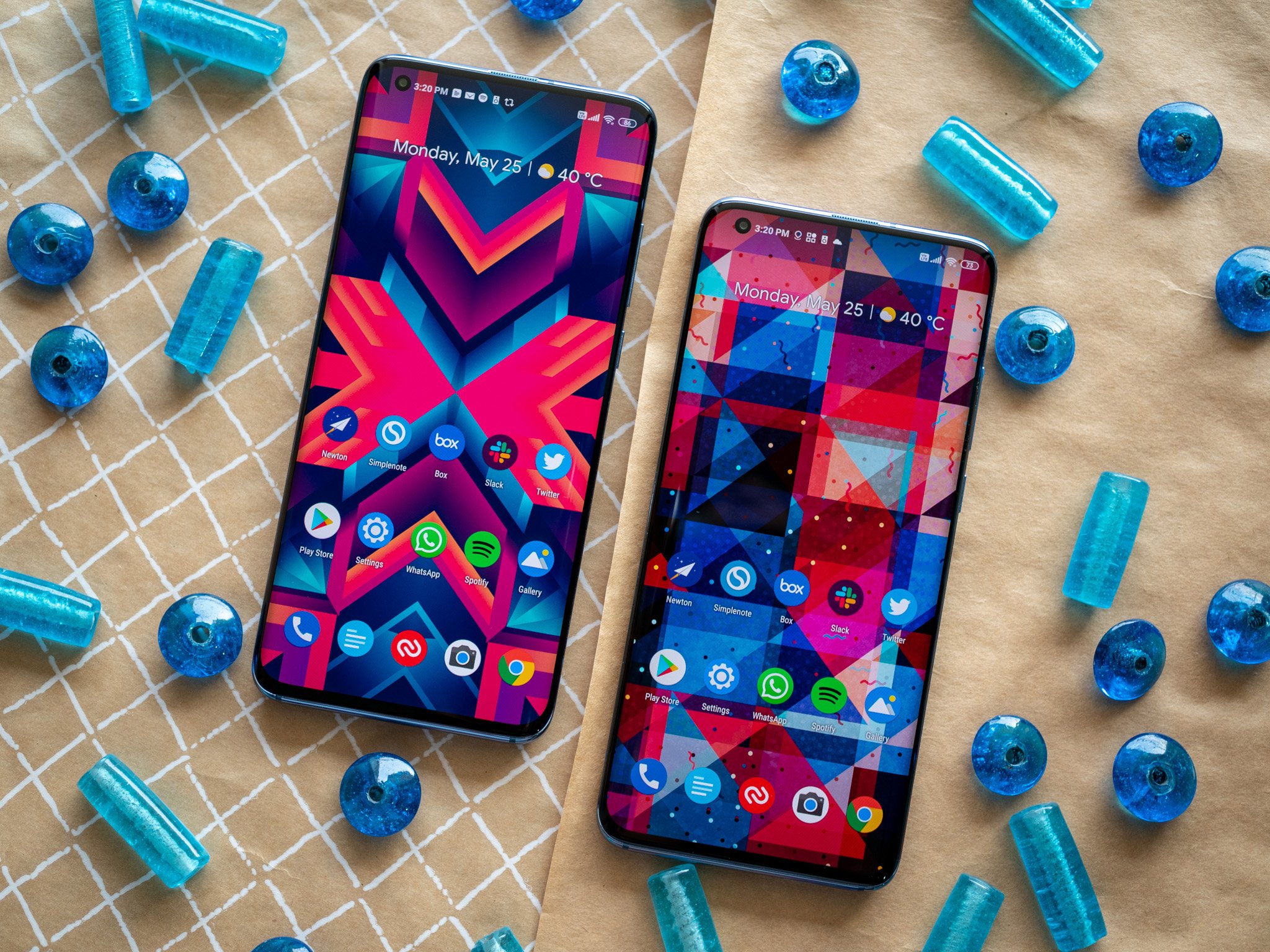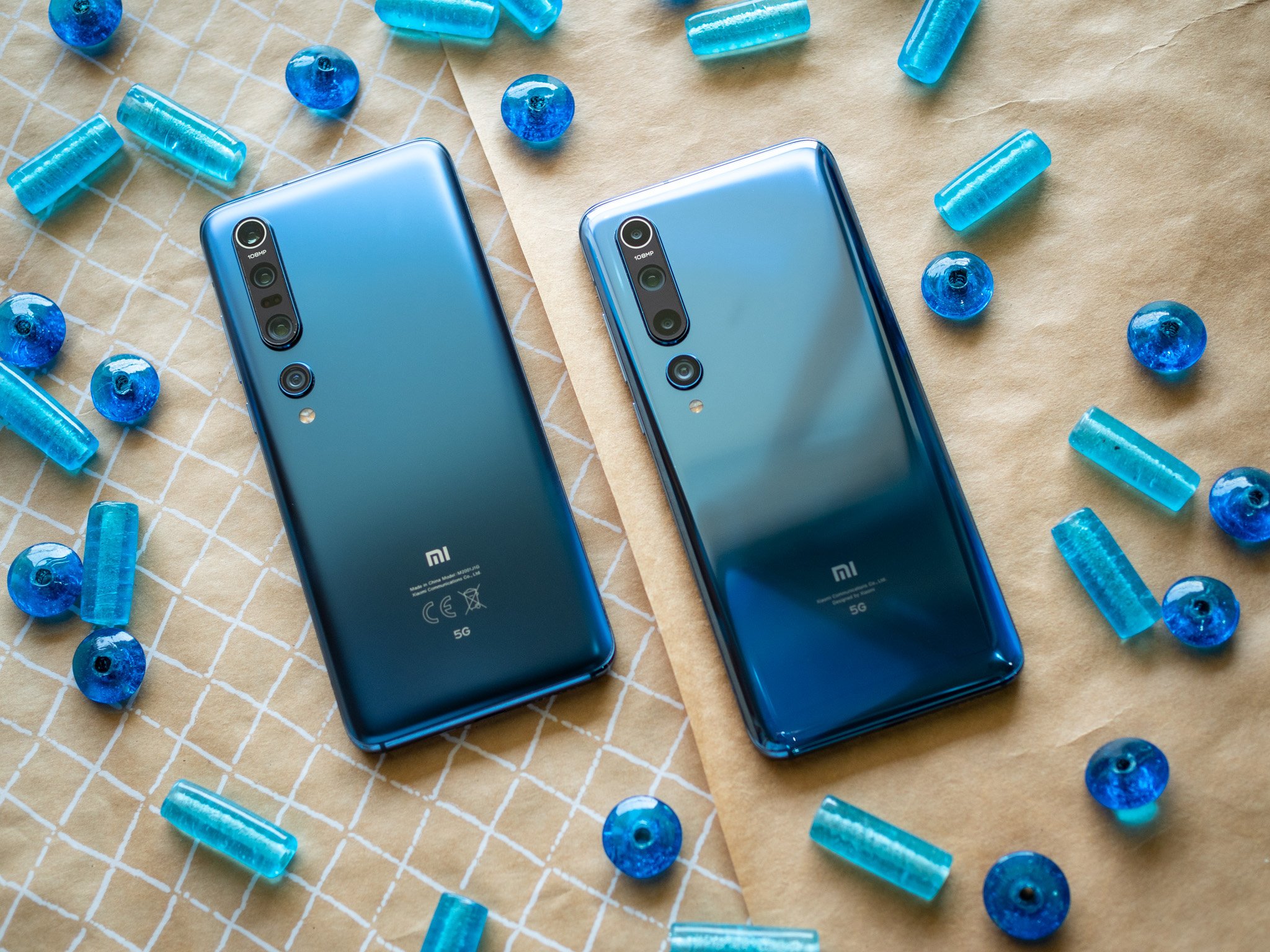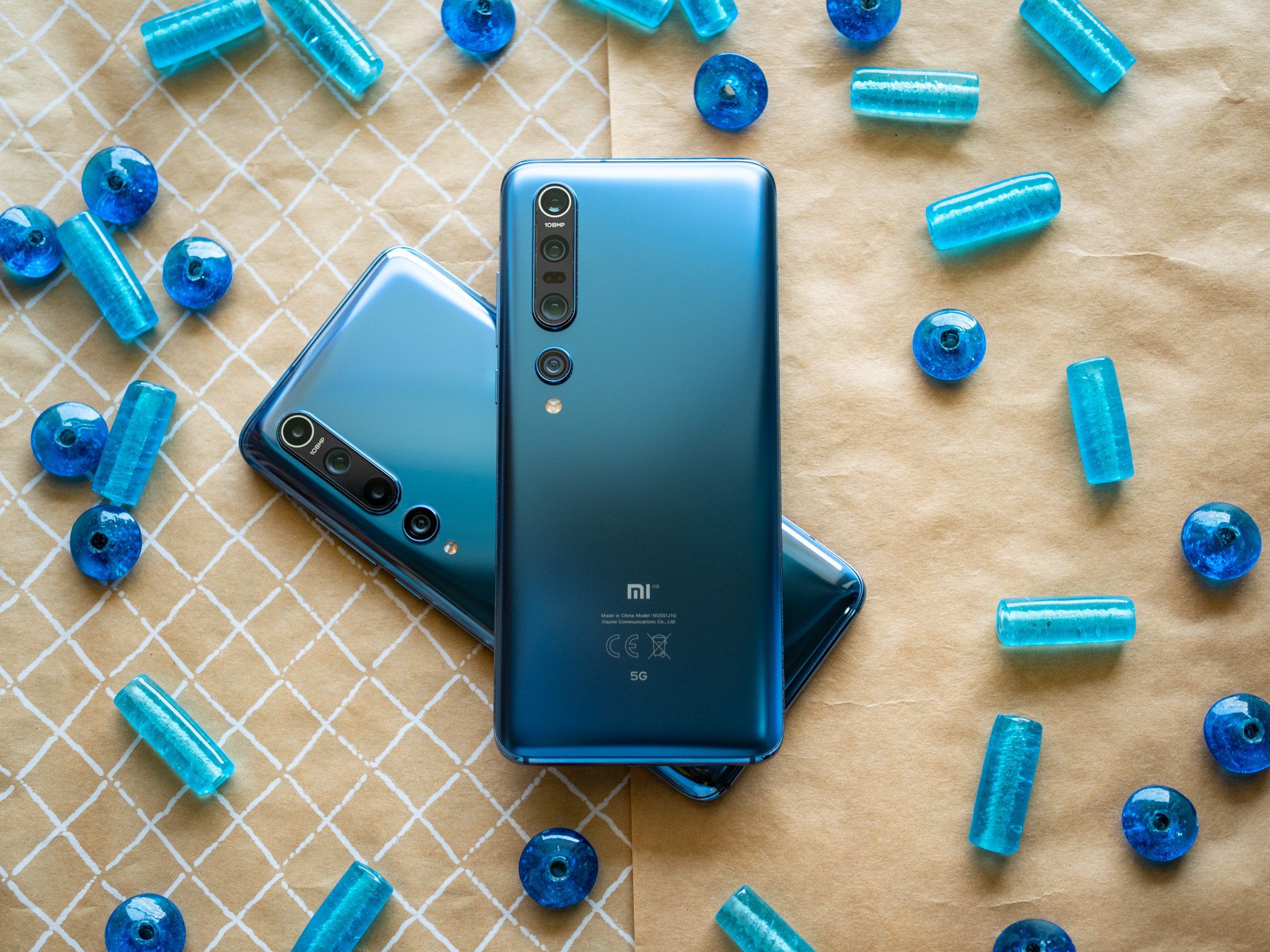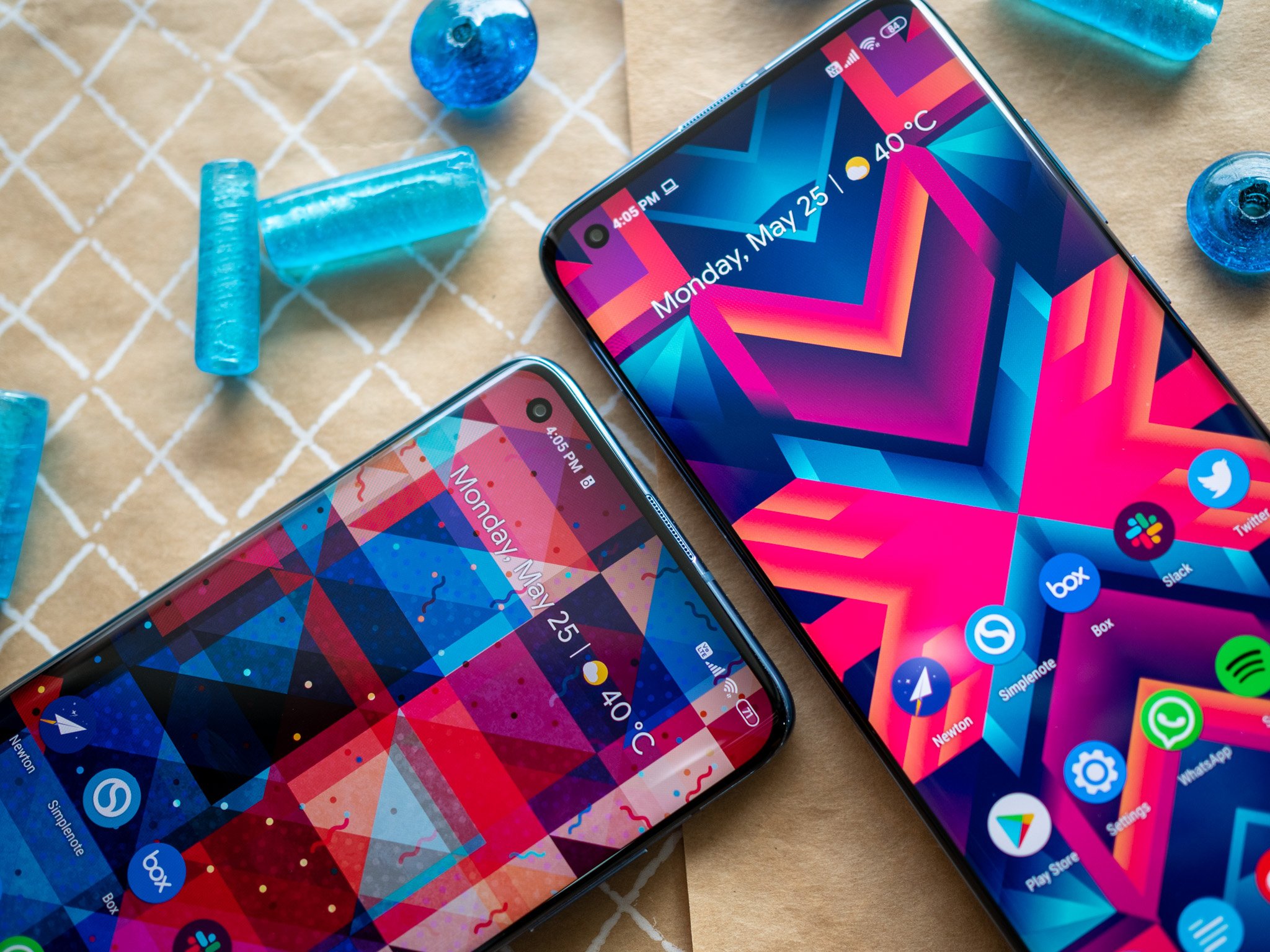Xiaomi Mi 10
Everything you need
Pros
- Incredible 108MP camera
- Vibrant 90Hz display
- Snapdragon 865 chipset with 5G
- Fantastic battery life
- 30W wired and wireless charging
Cons
- No IP rating
- Macro camera isn't usable
- No zoom lens
- MIUI has issues
The Mi 10 has the latest hardware you'll find on a phone today, and a 108MP camera at the back that takes incredible photos in any lighting condition. The 90Hz display is one of the best FHD+ panels you'll find, you get excellent battery life, and there's 30W wired and wireless charging. MIUI has a few lingering issues and the auxiliary cameras aren't great, but overall the Mi 10 is a fantastic choice.
Xiaomi Mi 10 Pro
All the extras
Pros
- Incredible 108MP camera
- Class-leading 10x hybrid zoom lens
- Vibrant 90Hz display
- Snapdragon 865 chipset with 5G
- 50W wired and 30W wireless charging
Cons
- No IP rating
- Glitchy MIUI
The Mi 10 Pro is the best phone Xiaomi has launched to date. It shares most of the same features as the regular Mi 10 — including a 108MP camera — but you also get an innovative zoom lens that delivers detailed photos at 5x and 10x zoom. There's also 50W wired charging along with 30W wireless charging, and there's a 65W charger in the box. You're paying a premium here, but it is justified for that camera alone.
With the Mi 10 series, Xiaomi is staking its claim in the true flagship category. The phones cost nearly twice as much as last year's Mi 9 series, with Xiaomi rolling out the latest hardware, a gorgeous new design, and cutting-edge cameras with 8K video recording. There's a lot that's similar between the two phones, so here's what you need to know about the Mi 10 and Mi 10 Pro.
The Mi 10 and Mi 10 Pro are identical in most areas
Xiaomi started differentiating its flagships with Pro models last year. The Mi 9T Pro had subtle differences from the regular Mi 9T but retained the same overall design. That's the case with the Mi 10 series as well, but the differences are even more minute this time around. The regular Mi 10 has the same design aesthetic as the Mi 10 Pro, and if you ignore the labels at the back the only way to differentiate the two phones is via the laser autofocus module on the Mi 10 Pro.
Don't be fooled by the name — the Mi 10 has the same design, internal hardware, and 108MP camera as the Mi 10 Pro.
As for the design, you get the same glass sandwich aesthetic on both phones. The screen is curved on either side, and there are symmetric curves at the back. The aesthetic is similar to what Samsung and other brands have been doing in this category for some time now, but that doesn't make it any less enticing. You also get the same hole-punch cutout on the left for the front camera.
Both phones have the same dimensions and weigh 208g, and are indistinguishable from the front. So although the standard Mi 10 is more affordable than the Mi 10 Pro, you're not getting an inferior phone when it comes to the hardware or design side of things. In fact, there are a few areas where the Mi 10 wins out — but more on that later.
The Mi 10 and Mi 10 Pro share the same 6.67-inch AMOLED panel with 90Hz refresh rate, and while the screen lacks QHD+ resolution, the FHD+ panel is still plenty good. In fact, it is one of the best 1080p screens you'll find on a phone today. Colors are vibrant, you get HDR10+ playback on Netflix, and there's plenty of customization that lets you tailor colors to your tastes.
One standout feature with both phones is the stereo sound: Xiaomi has outfitted the same speaker at the top and bottom of either phone, and you get incredible stereo sound. 5G connectivity is also identical across both devices, and there's Wi-Fi 6, Bluetooth 5.1, and NFC. Both phones have the same in-display fingerprint sensor, and the module itself is fast and is fast to authenticate. You also get software-assisted face unlock, and an alway-on display with a lot of customization options.
The Mi 10 has a larger 4780mAh battery, and the same 30W wireless charging as the Mi 10 Pro.
Things are identical on the hardware front as well. Both the Mi 10 and Mi 10 Pro are powered by the latest Snapdragon 865 chipset, and offer 5G connectivity. You also get 8GB of LPDDR5 RAM as standard on both variants, and UFS 3.0 storage modules. The Mi 10 Pro comes with 256GB of storage for the base model, and there's 512GB option with 12GB of RAM. The standard Mi 10 goes up to 12GB of RAM and 256GB of storage.
Interestingly, the Mi 10 has a larger 4780mAh battery, with the Mi 10 Pro featuring a 4500mAh unit. The larger battery allows the Mi 10 to eke out marginally better battery life, but both phones fare well in this area. And when you do need to charge the phones, 30W wireless charging is standard across both phones, but the Mi 10 Pro has 50W wired charging with the regular Mi 10 featuring a 30W wired solution.
| Xiaomi Mi 10 | Xiaomi Mi 10 Pro | |
|---|---|---|
| Operating system | Android 10 MIUI 11 |
Android 10 MIUI 11 |
| Display | 6.67-inch 90Hz AMOLED 2340x1080 (19.5:9) HDR10+ Gorilla Glass 5 |
6.67-inch 90Hz AMOLED 2340x1080 (19.5:9) HDR10+ Gorilla Glass 5 |
| Chipset | Snapdragon 865 1 x 2.84GHz A77 3 x 2.42GHz A77 4 x 1.80GHz A55 7nm |
Snapdragon 865 1 x 2.84GHz A77 3 x 2.42GHz A77 4 x 1.80GHz A55 7nm |
| RAM | 8GB/12GB LPDDR5 | 8GB/12GB LPDDR5 |
| Storage | 128GB/256GB UFS3.0 | 256GB/512GB UFS3.0 |
| MicroSD slot | No | No |
| Rear camera 1 | 108MP, f/1.7, 1/1.33-inch, 0.8um PDAF, OIS 8K at 30fps, 4K at 60fps |
108MP, f/1.7, 1/1.33-inch, 0.8um PDAF, OIS 8K at 30fps, 4K at 60fps |
| Rear camera 2 | 13MP, f/2.4 Wide-angle |
8MP, f/2.0, 1.0um OIS, telephoto 10x hybrid zoom, 2x optical zoom |
| Rear camera 3 | 2MP, f/2.4 Macro |
20MP, f/2.2, 1/2.8-inch, 1.0um wide-angle, 117° FoV |
| Rear camera 4 | 2MP, f/2.4 Portrait lens |
12MP, f/2.0, 1/2.55-inch, 1.4um Portrait lens |
| Front camera | 20MP, f/2.0 1080p video |
20MP, f/2.0 1080p video |
| Connectivity | 5G NSA, Sub-6 Wi-Fi 6 2x2 MIMO Bluetooth 5.1, NFC LHDC, A-GPS |
5G NSA, Sub-6 Wi-Fi 6 2x2 MIMO Bluetooth 5.1, NFC LHDC, A-GPS |
| 5G Bands | Sub6: n1/n3/n7/n28/n77/n78 | Sub6: n1/n3/n7/n28/n77/n78 |
| Audio | USB-C Stereo speakers |
USB-C Stereo speakers |
| Battery | 4780mAh Non-removable |
4500mAh Non-removable |
| Charging | USB-C 2.0 30W wired charging 30W wireless charging 5W reverse wireless charging |
USB-C 2.0 50W wired charging 30W wireless charging 5W reverse wireless charging |
| Water resistance | No | No |
| Security | In-display fingerprint (optical) | In-display fingerprint (optical) |
| Dimensions | 162.5 x 74.8 x 8.9mm 208g |
162.5 x 74.8 x 8.9mm 208g |
| Colors | Coral Green, Twilight Grey | Alpine White, Solstice Grey |
Xiaomi's 30W wireless charger is one of the best I've used, with the angled design featuring a built-in fan that ensures the phone doesn't get too hot while charging. Oh, and a notable omission on either device is IP68 water resistance. Xiaomi just hasn't offered the feature on a phone to date, and it doesn't look like that will change anytime soon. For what it's worth, there is a P2i coating on the phones that should allow either device to weather the occasional splash of water.
Finally, there's the software. If there's one area where both phones are found lacking, it's MIUI. The user interface has picked up a refresh, but there are annoying omissions — there's no app drawer, and you'll see issues with push notifications. Xiaomi has mentioned that it will not deliver ads to either device, but that hasn't prevented the brand from sending spam notifications to Mi 10 units in India.
The Mi 10 Pro has 50W wired charging and better auxiliary cameras
There are two key features that stand out on the Mi 10 Pro: an 8MP zoom lens that delivers 10x hybrid zoom, and 50W wired charging. Xiaomi is using an interesting system here — the 12MP portrait lens is used for zooming up to a factor of 2x, and if you go beyond that the dedicated 8MP telephoto lens kicks in.
The main differentiator with the Mi 10 Pro is the innovative zoom lenses and 50W wired charging.
It is an ingenious solution, and the Mi 10 Pro delivers detailed photos at a zoom factor of 10x. The 20MP wide-angle lens on the Mi 10 Pro is also fantastic, and takes vibrant shots with no barrel distortion. The wide-angle camera also doubles as a macro shooter, and it holds up well in this area as well.
Now, the Mi 10 and Mi 10 Pro share the same 108MP primary lens, so for most of the photos that you'll take, there is no difference between the two phones. The Mi 10 Pro is just that much more versatile, and that gives it an edge. The 13MP wide-angle lens on the Mi 10 is average at best, and you're better off not using the two 2MP macro and portrait lenses on the device.
As for charging, the Mi 10 Pro has 50W wired charging in addition to 30W wireless. Xiaomi bundles a USB-C PD 65W charger in the box that can be used for charging other devices in addition to the Mi 10 Pro, so that's a bonus. But other than that, it is the same phone as the Mi 10.
The Mi 10 is a better value if you want to save some cash
By now, it should be clear that the Mi 10 and Mi 10 Pro have a lot in common. They share the same 108MP camera, the same internal hardware, same design, and the same 90Hz screen. You're not really losing out on much with the regular Mi 10, and the fact that it starts off at €799 ($870) — €200 ($217) less than the Mi 10 Pro — makes it a great value considering all the features on offer.
If you don't care for the extra cameras, get the regular Mi 10.
Xiaomi is selling the Mi 10 in India for ₹49,999 ($660), but the Mi 10 Pro isn't set to make its way to the country. There aren't a lot of markets outside of China where either of these phones will be available, and that's a shame because what Xiaomi has done on the camera front is truly incredible.
The Mi 10 and Mi 10 Pro hold their own against the best that Android has to offer. Sure, MIUI is an acquired taste and it has a long way to go before it looks like a coherent user interface, but adding a third-party launcher will fix most issues with the skin, and you'll want to put up with it because the rest of the hardware is so good.
Ultimately, choosing between the two will come down to where you live. If Xiaomi is selling both the Mi 10 and Mi 10 Pro in your country, then the regular Mi 10 is a better recommendation on the basis of value. But if you want the camera versatility that the Mi 10 Pro has to offer, then it is a fantastic choice.
Xiaomi Mi 10
Everything you need
108MP reasons to love
The Mi 10 comes with an incredible 108MP camera, and you get the latest hardware money can buy right now. The design is in line with the rest of the high-end segment, you get great battery life and 30W wired and wireless charging, and a sublime 90Hz AMOLED screen. MIUI still needs a bit of polish, but as an overall package the Mi 10 has a lot going for it.
Xiaomi Mi 10 Pro
All the extras
The 108MP camera is here — and much more
The Mi 10 Pro uses the same foundation as the Mi 10, but gives you just that little bit more. There's an innovative 10x hybrid zoom system that delivers great shots even at a zoom factor of 10x, and you also get 50W wired charging in addition to 30W wireless charging. Yes, it costs a ridiculous amount of money, but it's still a bargain over the Galaxy S20 Ultra, and that's nothing to scoff at.
Source: https://ift.tt/2AWHUel
